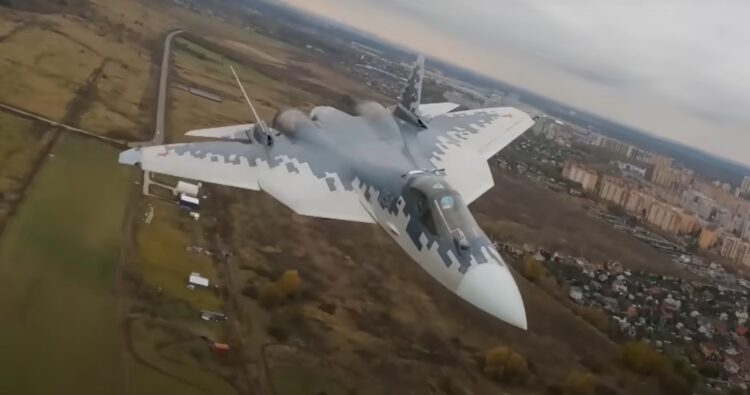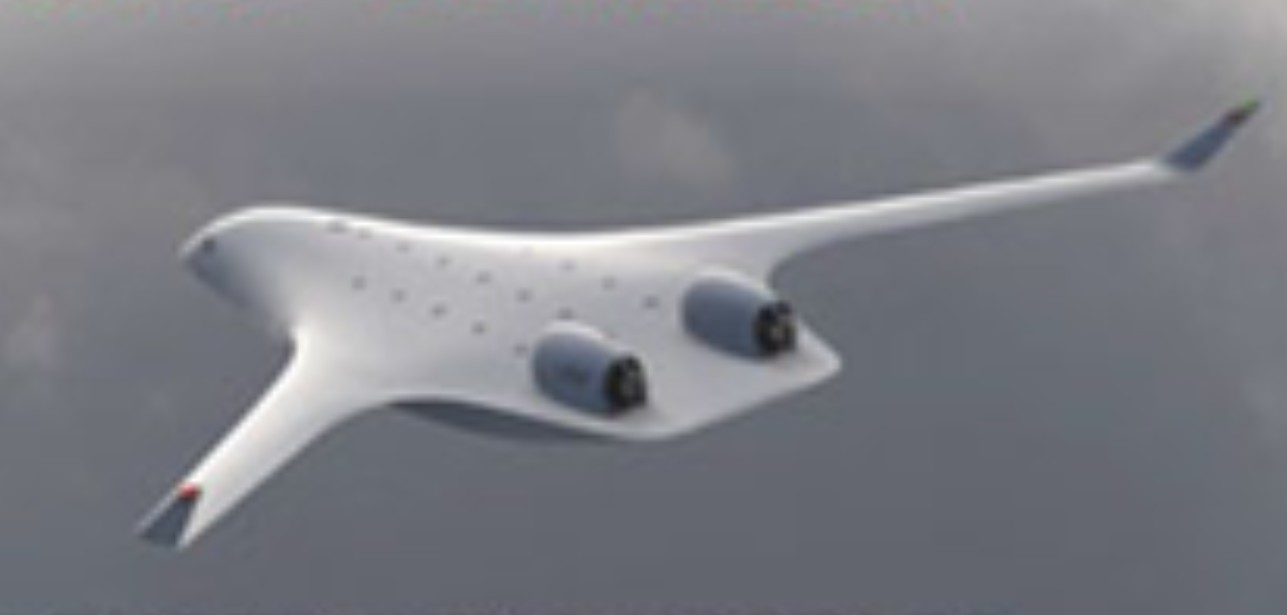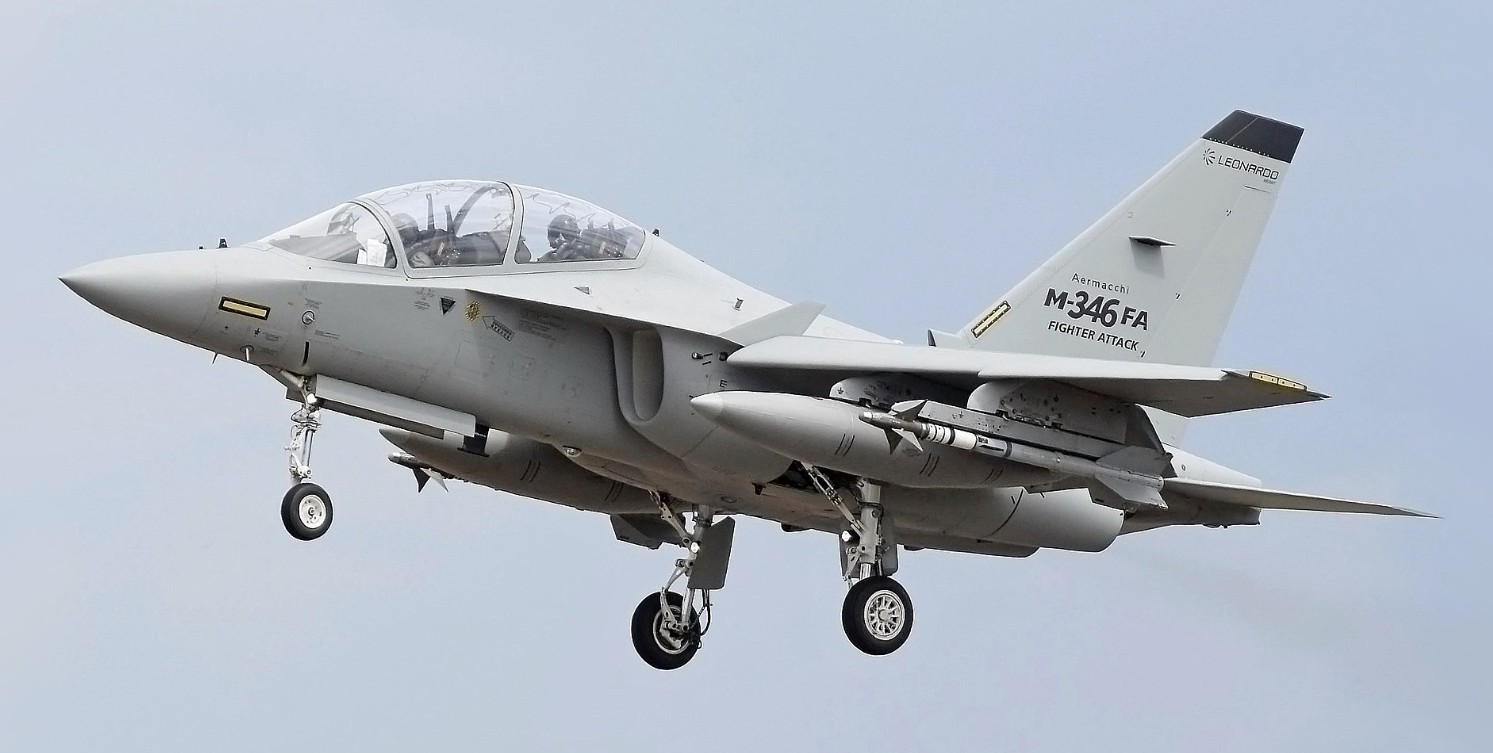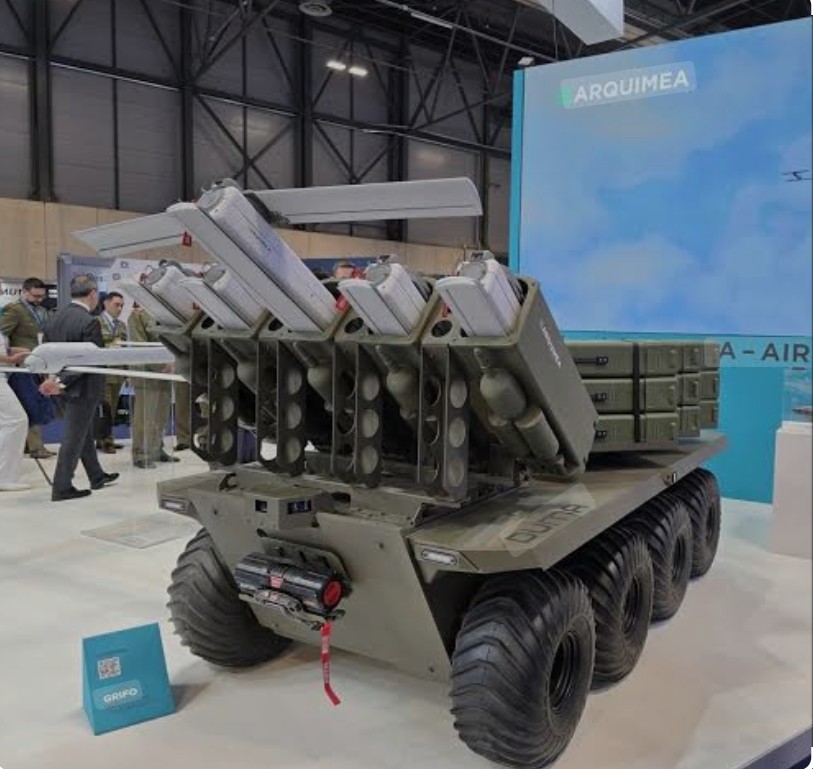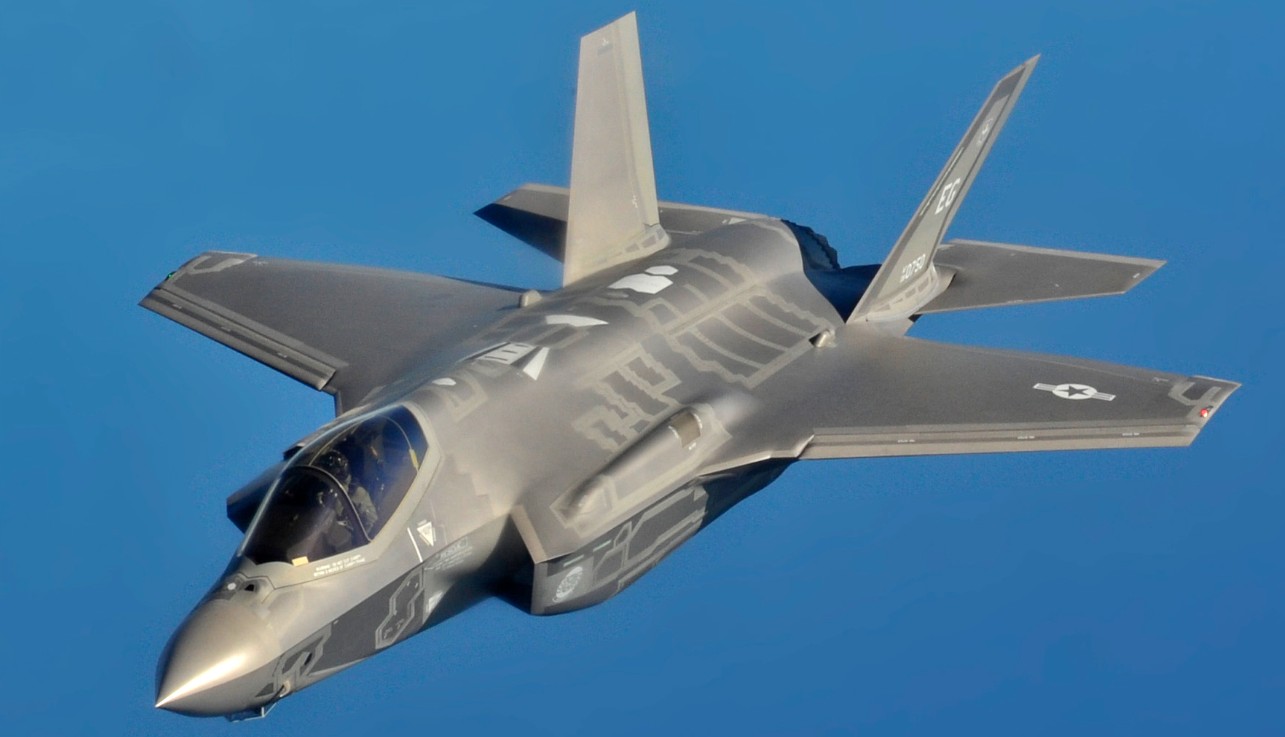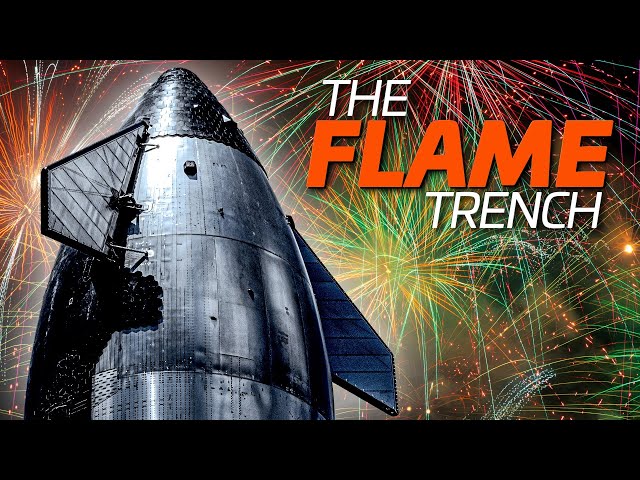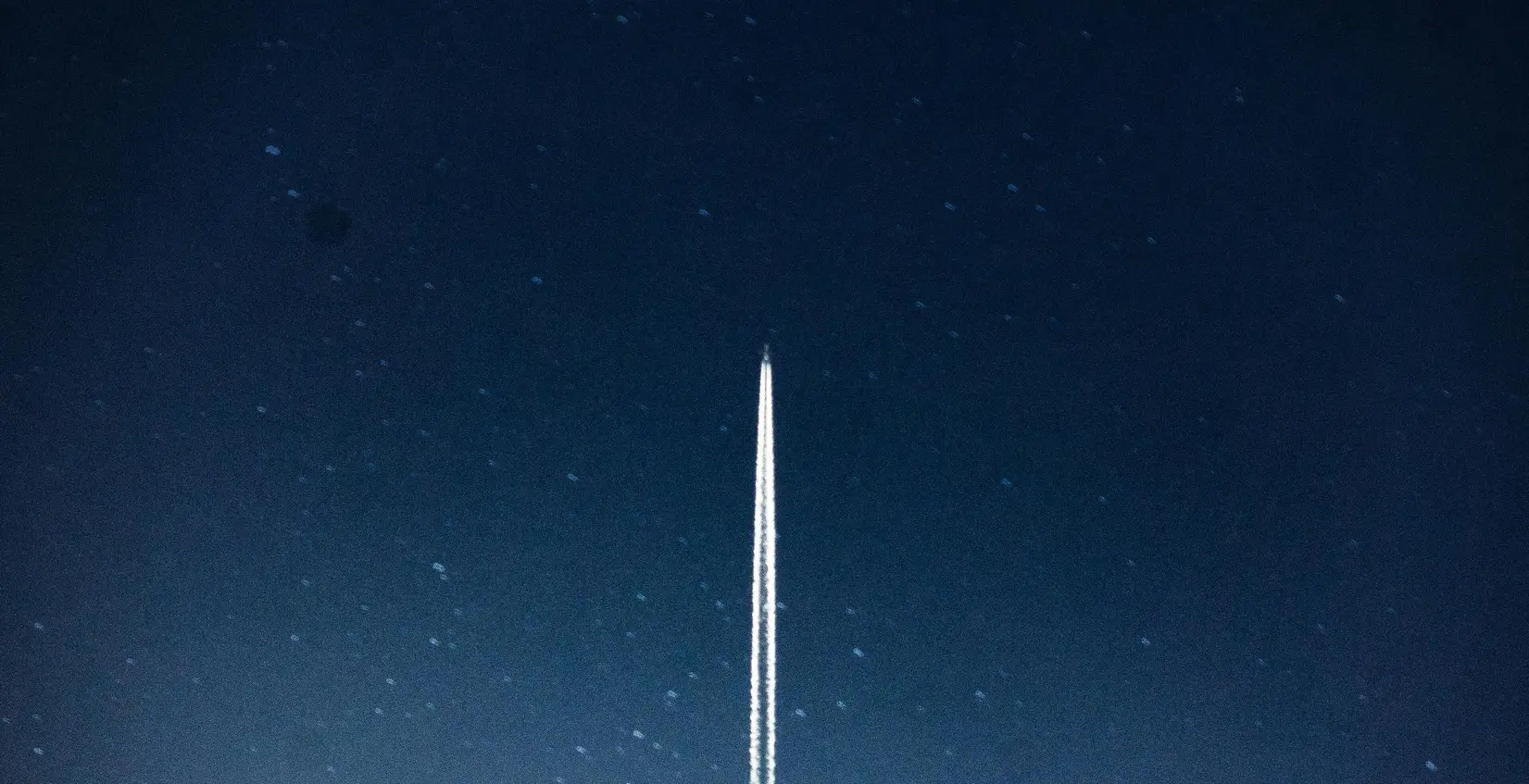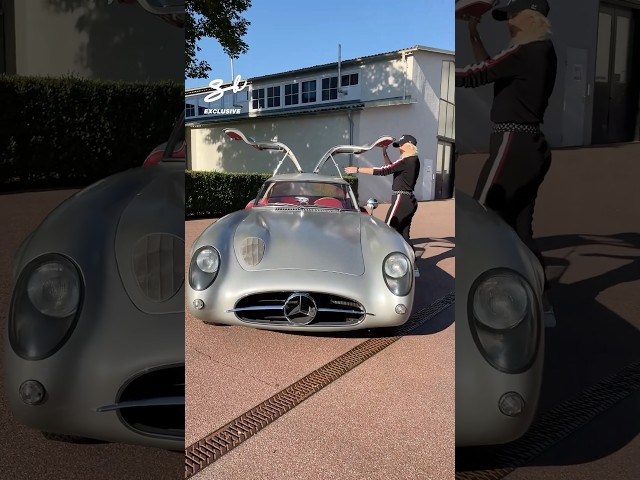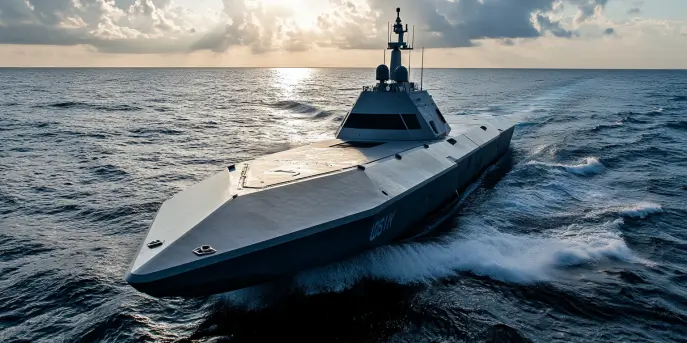The Evolution of the Su-57
The Su-57, Russia’s fifth-generation fighter jet, has been a subject of intrigue and speculation since it was first introduced. Its development has been closely watched by military enthusiasts and experts alike, eager to see how it will compete against other leading fighters like the F-22 Raptor and the F-35 Lightning II. This stealth multirole fighter is designed to excel in both air superiority missions and ground attacks, fulfilling Russia’s strategic goals in the modern battlefield.
Initially envisioned in the early 2000s, the Su-57 has been through numerous phases of development. The aircraft is a product of the Sukhoi Aviation Corporation, with its maiden flight taking place in 2010. Over the years, the Su-57 has seen various upgrades and modifications aimed at enhancing its capabilities, addressing both technological challenges and evolving combat requirements.
Recent Advancements and Features
Recent reports suggest that significant developments have occurred in both the design and manufacturing processes of the Su-57. One of the most notable changes is the improvement in stealth features. The use of advanced composite materials reduces its radar cross-section, making it harder to detect by enemy radar systems. The jet’s engines have also seen upgrades, promising better thrust and fuel efficiency, which are critical in ensuring the Su-57’s strategic advantage in aerial combat.
Technical Specifications
| Specification | Details |
|---|---|
| Length | 21.9 meters |
| Wingspan | 14.2 meters |
| Maximum Speed | Mach 2.0 |
| Range | 3,500 km |
| Engine | Saturn izdeliye 30 (planned) |
| Armament | 30mm cannon, hardpoints for missiles and bombs |
The aircraft’s avionics and weapon systems have also undergone advancements. The Su-57 is equipped with the latest electronic warfare systems and an active electronically scanned array (AESA) radar for superior situational awareness. These improvements allow the Su-57 to engage multiple targets simultaneously and operate effectively in a heavily contested environment.
Current Production Status
As of 2023, there have been significant strides in the production and deployment of the Su-57. The Russian Air Force received its first batch of Su-57 aircraft in 2020, and production has been gradually ramping up to meet defense requirements. Although initial production faced delays due to technological hurdles and financial constraints, recent investments and state support appear to have mitigated these challenges.
Russia’s Ministry of Defense has ordered approximately 76 aircraft to be delivered by 2028. This suggests a growing confidence in the Su-57’s operational capabilities and its role in modernizing Russia’s military aviation forces. The production facility at Komsomolsk-on-Amur is at the forefront, working to meet the demand while maintaining stringent quality checks.
Strategic Implications and Deployment
The introduction of the Su-57 into the Russian Air Force represents a significant shift in military strategy and capabilities. Designed to counter advanced threats, the Su-57 is expected to play a crucial role in future conflicts, particularly against NATO aircraft. Its deployment enhances Russia’s ability to project power across its borders.
The Su-57’s versatility extends beyond air-to-air combat, with capabilities to execute precision strikes against ground targets. Equipped with an array of weapons, including air-to-air and air-to-surface missiles, the Su-57 provides flexibility in various mission profiles. This makes it a vital asset in Russia’s quest to maintain air superiority.
International Interest and Export Potential
While the primary focus remains on domestic deployment, the Su-57 has attracted international interest. Nations seeking advanced aircraft capabilities have considered the Su-57, thanks to its cutting-edge technology and combat potential. Russia is keen on positioning the Su-57 as a competitor in the global defense market, offering a more cost-effective alternative to Western fifth-generation fighters.
Export opportunities could further bolster the aircraft’s development and production, although geopolitical factors will play a crucial role in potential deals. Countries with existing military ties to Russia are the likely candidates for initial exports, although no official contracts have been confirmed as of now.
In conclusion, the Su-57 represents a significant milestone in Russian aerospace innovation. Although it encountered numerous obstacles during development, the ongoing enhancements and increased production reflect Russia’s commitment to modernizing its air force and asserting its military prowess on the global stage.
